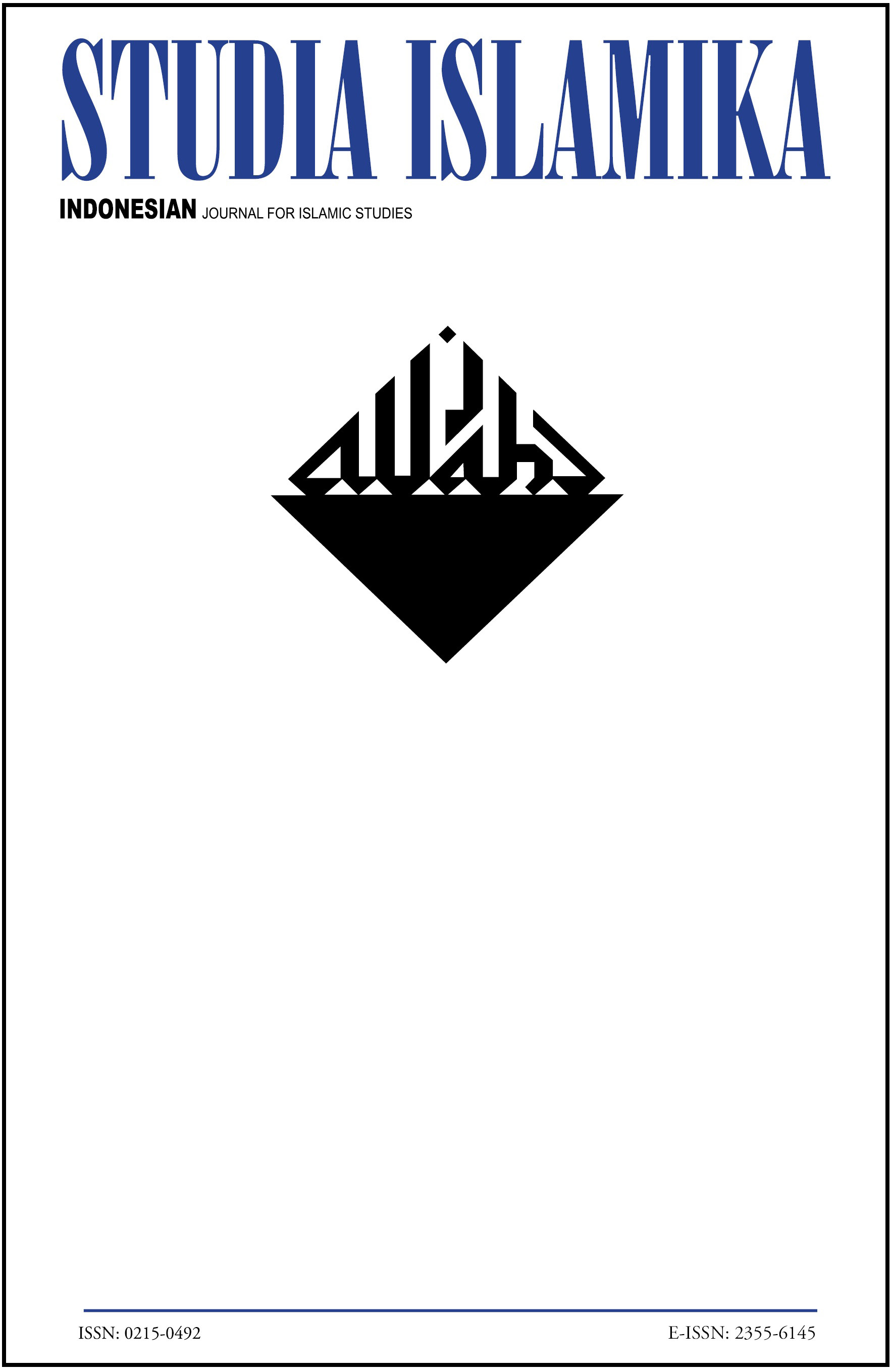Abstract
This article aims to find a scientific argument for the differences in rasm ‘Uthmānī between Indonesian’s muṣḥaf and Madinah’s muṣḥaf. Some people claim that rasm ‘Uthmānī of the Madinah’s muṣḥaf is the most proper compared to the Indonesian’s muṣḥaf. Through the comparison of the differences in both muṣḥafs based on the two books of al-Muqni‘ by al-Dānī and Mukhtaṣar al-tabyīn by Abū Dāwud Sulaymān, both have basics of similarity. The difference in the writing of rasm ‘Uthmānī in the Indonesian’s muṣḥaf and the Madinah’s muṣḥaf in general only lies in the difference in their affiliation in the two major schools in this discipline that were written in the 5th century Hijri by al-Dānī and Abū Dāwud. This article proves that differences in rasm ‘Uthmānī are common in terms of transmission, and the claim that the rasm of Madinah’s muṣḥaf is the most correct of rasm ‘Uthmānī is a mistake.Authors who publish with this journal agree to the following terms:
- Authors retain copyright and grant the journal right of first publication with the work simultaneously licensed under a Creative Commons Attribution License that allows others to share the work with an acknowledgement of the work's authorship and initial publication in this journal.
- Authors are able to enter into separate, additional contractual arrangements for the non-exclusive distribution of the journal's published version of the work (e.g., post it to an institutional repository or publish it in a book), with an acknowledgement of its initial publication in this journal.
- Authors are permitted and encouraged to post their work online (e.g., in institutional repositories or on their website) prior to and during the submission process, as it can lead to productive exchanges, as well as earlier and greater citation of published work.
Downloads
Download data is not yet available.

